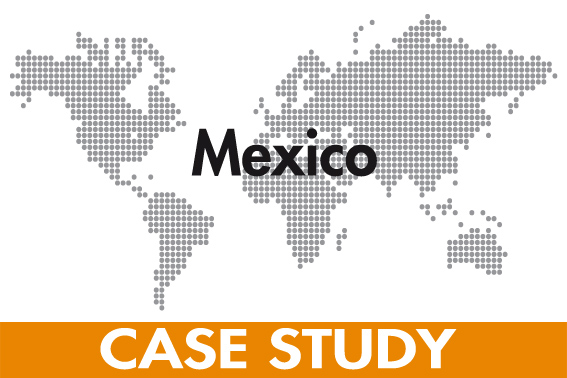Case study: Mexico rebounds after AI

The measures implemented to cope with the 2012 and 2013 avian influenza (AI) outbreaks in Mexico were sufficient, allowing the poultry sector to rebound to record production levels this year, according to a recent USDA Gains report.
Highly Pathogenic Avian Influenza (HPAI) in the United States and the potential appearance of new AI virus strains in Mexico continues to be a concern for the sector, however. But increased production and affordable prices will keep broiler meat as the consumers’ preferred source of protein.
Poultry production in Mexico
Mexican commercial broiler meat production for 2016 is forecast at 3.16 million metric tons (MMT); as the sector continues to grow at 2% annually. Recent data from the National Poultry Association (UNA) indicates that, jointly, the broiler meat and egg production represented a 63.1% share of the total domestic production.
World’s largest consumer of eggs
Mexico is the 6th largest egg producing country and has the largest per capita consumption in the world. Mexico is the 6th largest egg producing country and has the largest per capita consumption in the world. Prior to the AI outbreak, per capita consumption of eggs in Mexico during 2011 was 22.4 kilograms (approximately 330 eggs) per person.
During 2012 and 2013, per capita consumption dropped to between 20.8 kg and 21.7 as a result of higher egg prices and scarcer product availability. The recovery started to show in 2014 and per capita consumption was 22.0 kilograms. UNA forecasts that for 2016, per capita consumption will increase marginally from the preliminary 22.2 kilograms expected for 2015.

